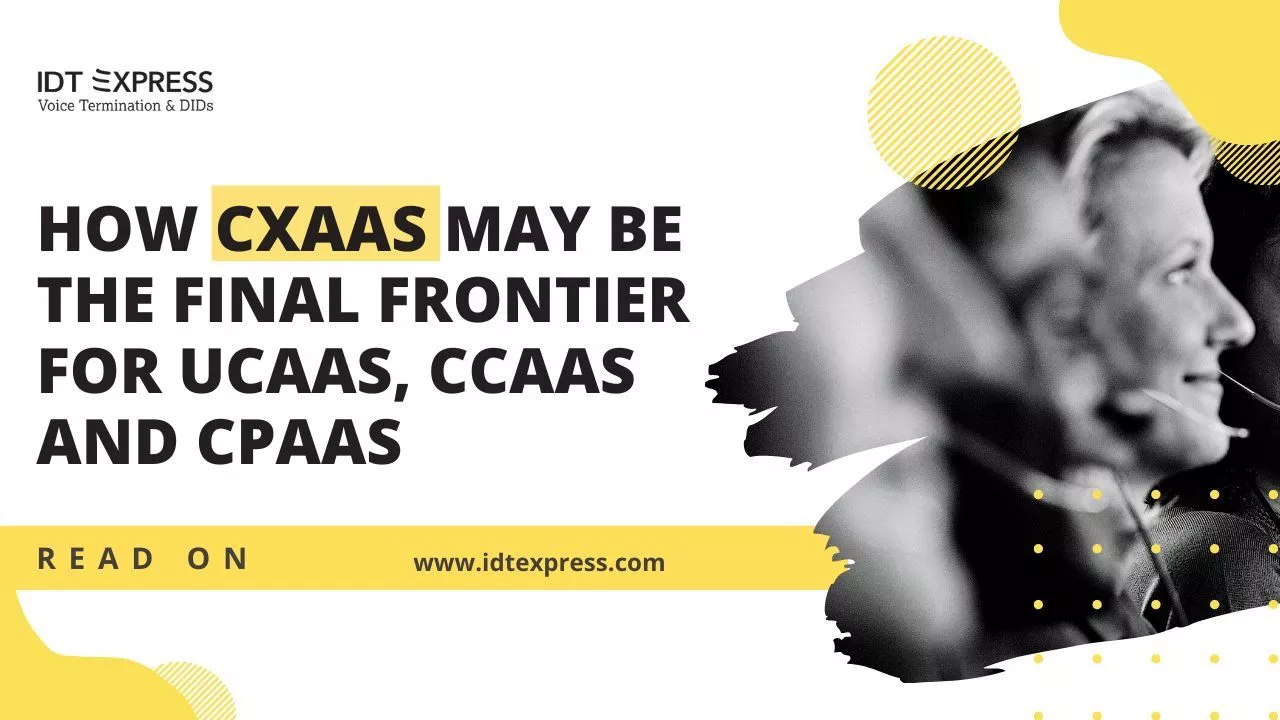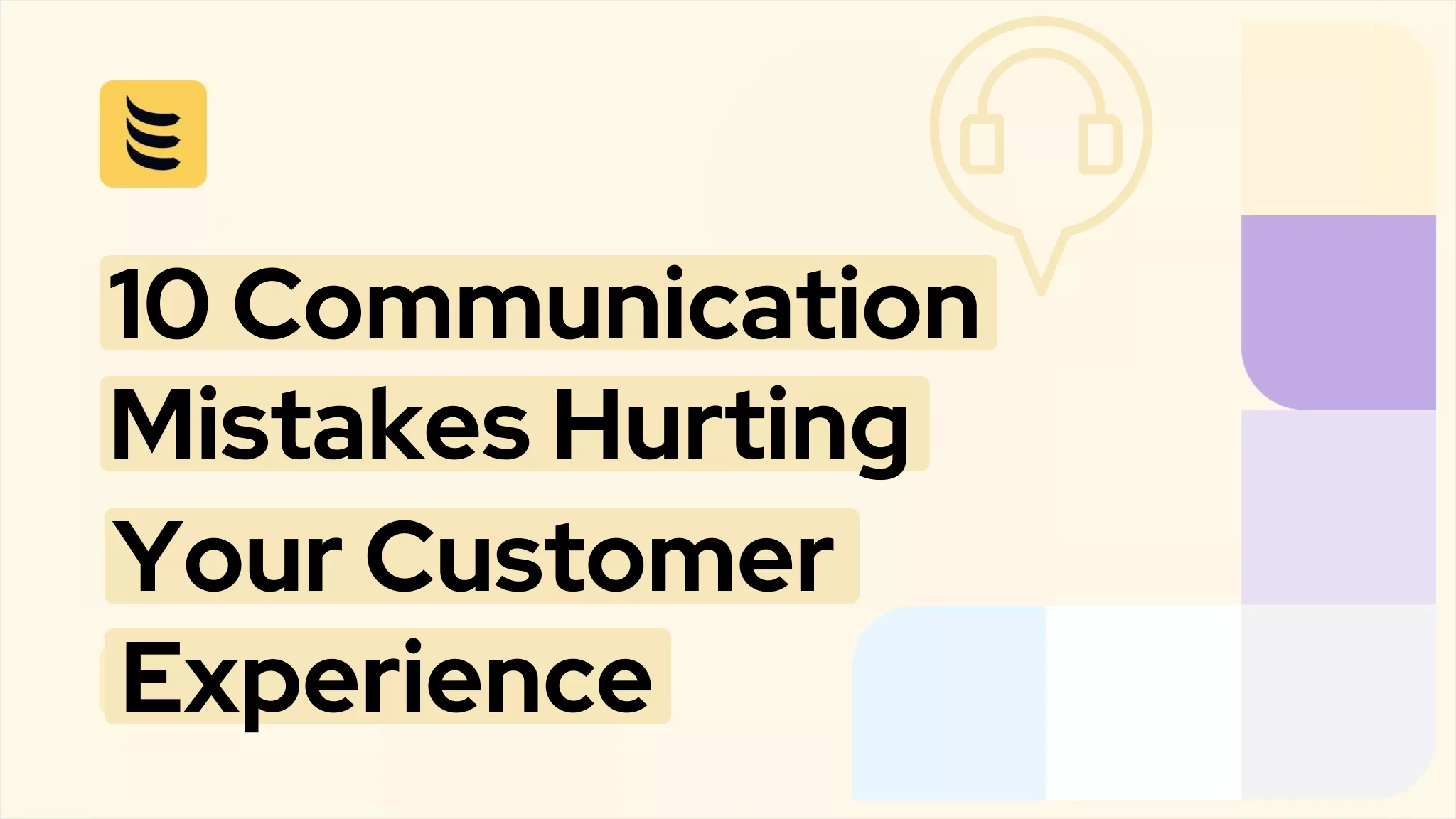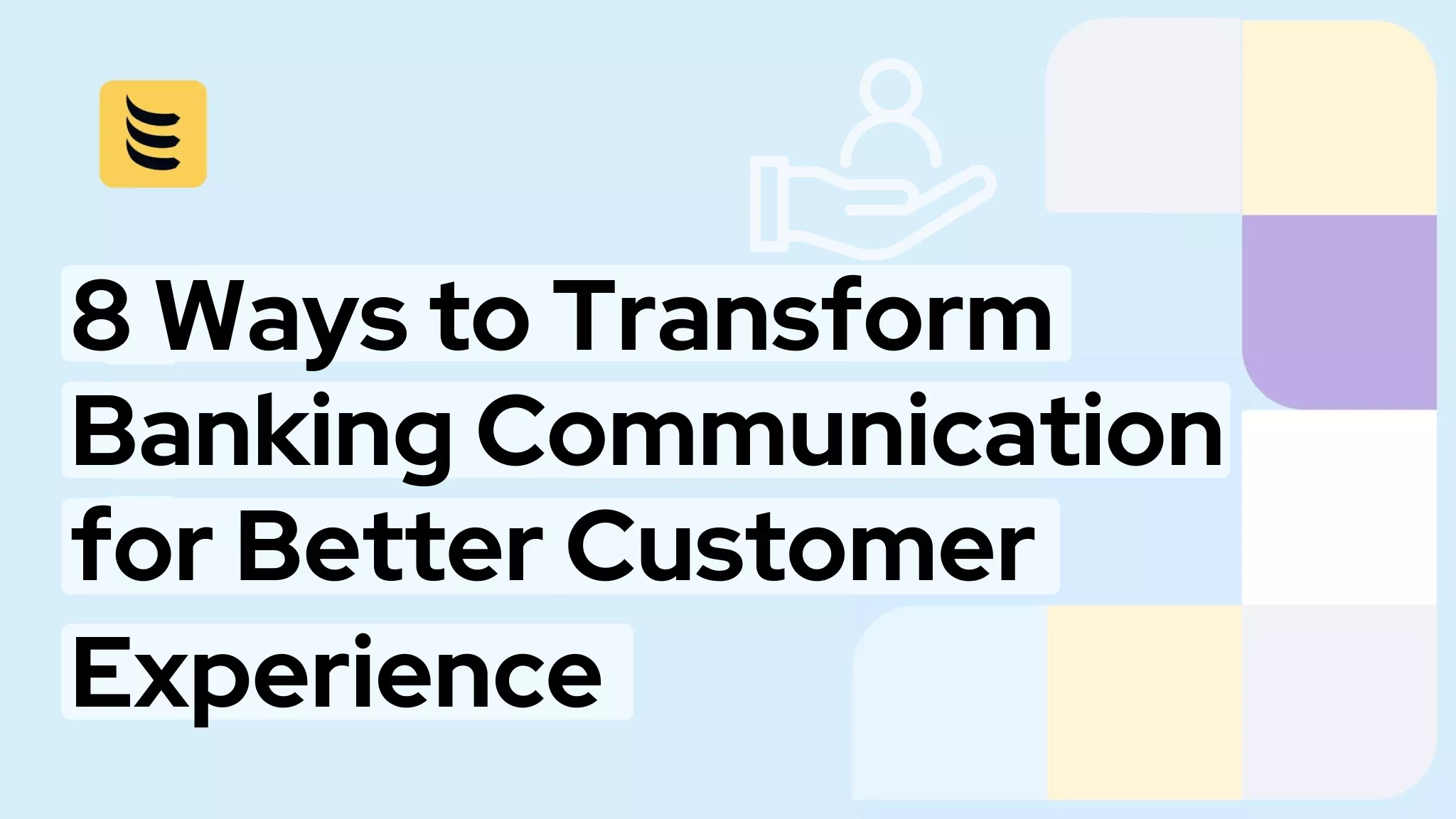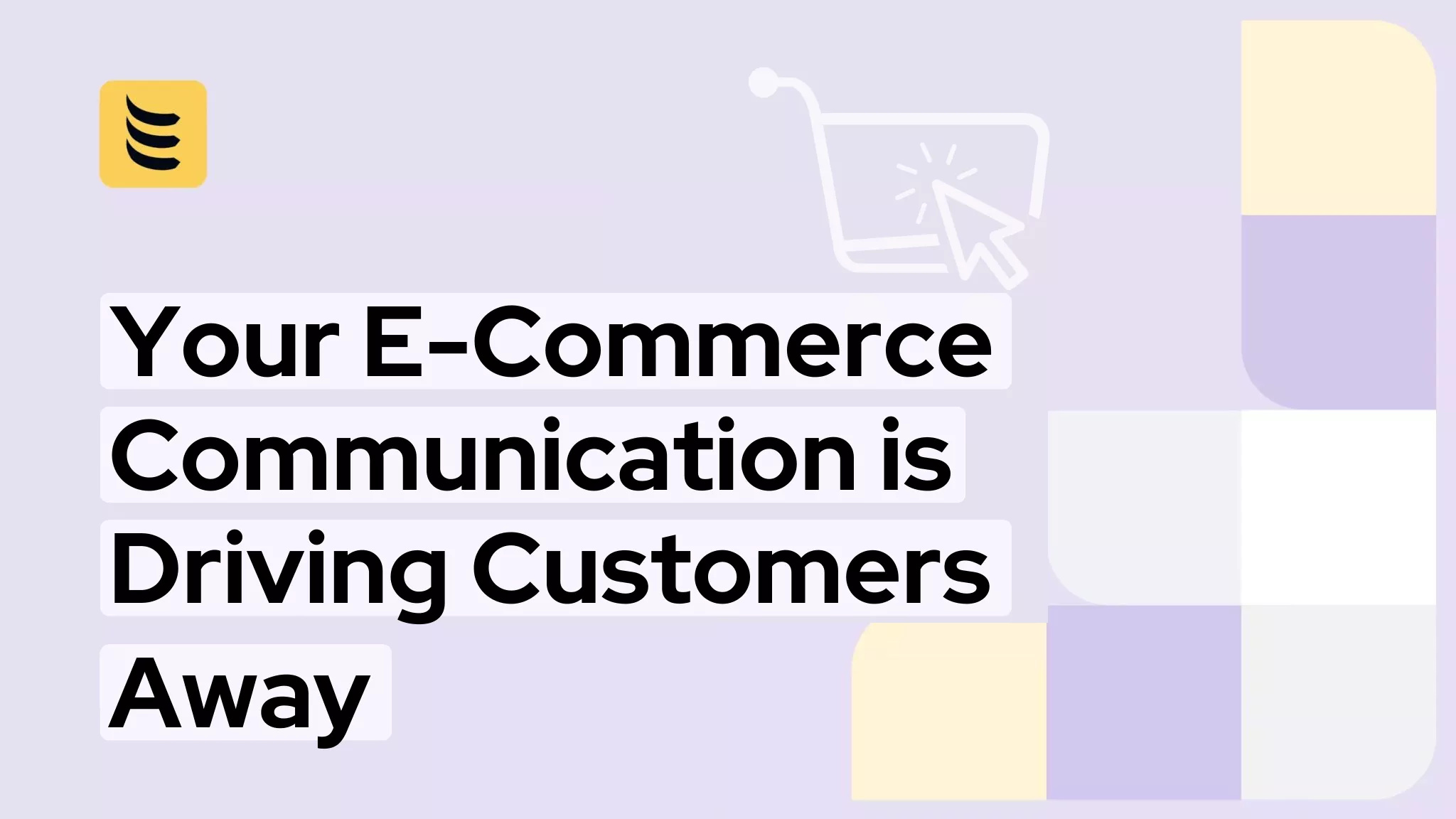Attention, business class passengers: the customer journey is now venturing into the cloud.
After shifting many parts of their operations to cloud computing, businesses are charting a course to take customer experience (CX) to the cloud as well.
It’s called customer experience as a service (CXaaS), a relatively new term you’ll hear more of as businesses harness cloud to create a more agile and holistic approach to CX.
What is CXaaS?
CXaaS is more than simply moving CX functions to the cloud. It’s an end-to-end, cloud native approach to optimizing CX throughout the entire customer journey. This data-centric strategy embeds CX into all workflows of the business.

“Customer experience is everything in the customer journey that starts from digital engagement all the way through customer service. So in theory, if you were really going to offer CXaaS, you would actually have to tie all those things together and correlate the data,” says Zeus Kerravala, founder and principal analyst at ZK Research in Acton, Massachusetts.
Key CXaaS Components
According to Kerravala, the core technology components of CXaaS are:
- CCaaS (cloud-based contact center as a service)
- CRM (customer relationship management software)
- digital CX monitoring
Other technology features that can play a role in CXaaS include:
- Analytics – Analyzes data to provide insights into customer behavior and preferences
- Automation – Important tasks in the customer journey are automated to respond to customer queries faster
- AI – Chatbots, IVR (interactive voice response), and virtual assistants are programmed to respond to customers in an accurate, timely fashion
- Self-Service Portals -For greater convenience, customers perform transactions themselves instead of relying on human agents
- Omnichannel – Services are available in several channels such as phone, email, text messages, digital chat, and social media
- Personalization – AI and analytics help provide a CX that is customized to each buyer’s unique preferences and behaviors
- Edge computing – Analyzes and processes data closer to the customer for faster digital customer service
- External channel monitoring – Tracks and manages brand reputation and customer feedback posted in online reviews and social media channels
Although a few vendors offer some of these capabilities via all-in-one CXaaS solutions, Kerravala says that’s not the only CXaaS option.
“You don’t have to offer an all-in-one-solution,” he says. “But you would certainly want to be able to try and understand the data and the insights from across (various tools) so you have a really good understanding of customer experience. I think the whole idea behind cloud-native is that it makes it easier to try and integrate (separate vendor) technologies together.”

[Image source: Conceptdraw.com]
Kerravala adds that not every CXaaS element must be based on SaaS or public cloud to be effective.
“If I can deliver things on a single kind of cloud that’s offered as a private cloud, and it’s built on cloud data technologies, it doesn’t necessarily mean it can’t interface with a SaaS service. I think (CXaaS tools) need to be cloud-native but they don’t have to be in public cloud.”
Why CXaaS now?
During the pandemic, corporate IT has searched for ways to increase flexibility, improve scalability and enable hybrid work. This has boosted cloud adoption among businesses:
- Almost 70% of organizations now host more than half their workloads in cloud
- Overall enterprise cloud adoption grew by 25% between 2021 and 2022
The pandemic has also shifted much of the customer journey from in-person to virtual, and that’s having a huge impact on customers’ expectations:
- loyalty: over 60% of customers say they would defect to another brand after just one bad experience (up 22% from the year before)
- seamless CX: 93% are willing to spend more at a company that doesn’t make them repeat themselves during the CX journey
- omnichannel: 73% want to be able to start their CX journey in one channel and continue it in another without starting over
- personalized CX: 68% expect personalization in every single subsequent interaction they have with a company
For some businesses, CXaaS is an integrated, cloud-native model for optimizing hybrid work, increasing IT agility, and improving the customer journey.
CCaaS and CXaaS
What’s the difference between CXaaS and CCaaS?
CCaaS is a fully managed service of cloud-based contact center applications such as:
- softphone applications for Internet calls
- automated call distribution and recording
- analytics
- real-time call monitoring
- AI-based IVR or virtual attendants
During the first two years of the pandemic, over 60 per cent of global organizations adopted cloud-based contact center technologies. Many did so in order to:
- allow their agents to work from home (data and applications are accessible anywhere via cloud)
- quickly scale the number of agents up or down as necessary
- easily add new contact center features via cloud-based APIs
CXaaS extends beyond the contact center to optimize CX across various units of the business. It also incorporates tools and applications outside the contact center, such as in-store retail technologies and social media monitoring.

If you’re already moving toward CCaaS, why bother with CXaaS? Aside from improving customer experience, Kerravala says CXaaS could also improve employee experience (EX) and help retain contact center talent.
“People are going to want to work for a company where they can be successful and that largely has to do with the tools that you give them,” he says. “If you put a contact center agent in a position where they’re using old tools and they’re being set up to fail, they’re not going to stay very long.”
UCaaS and CXaaS
Unified communications as a service (UCaaS) integrates enterprise applications like voice, SMS, chat, presence, and audio/video conferencing on a cloud-native platform.
Kerravala says if contact agents are using CCaaS, UCaaS can help them communicate and collaborate better with line-of-business units.
“If I’m a customer success (agent) talking to a customer and I want to be able to bring on somebody else and go to a three-way meeting or something, that’s UCaaS. So I think UCaaS and CCaaS are inextricably linked to that.”
Businesses using UCaaS for internal communications and CCaaS for contact center can still adopt a CXaaS model for a holistic, fully integrated CX strategy.
CPaaS and CXaaS
Communications platform as a service (CPaaS) allows organizations to add, integrate and customize features through cloud-based APIs, pre-built apps, and low code options, without requiring substantial changes to their IT infrastructure.

“CCaaS and UCaaS are actually just examples of products that you can build on top of CPaaS,” says Kerravala. “CPaaS lets you take the standard interface and evolve it and customize it somewhat to create entirely unique experiences. So to me, CPaaS is the foundation of CX as a service. UCaaS and CCaaS are simply just examples of what we can build (with CPaaS).”
CXaaS isn’t just one technology or platform. It’s a strategy that uses cloud-native technology to generate a real-time, 360-degree view of the customer. Combined with talented human contact center agents, CXaaS aims to deliver an enhanced customer experience that is efficient, convenient, personalized, and seamless.
Across all communication platforms & strategies, there is one channel that reigns supreme and that is Voice. Whether you are a UCaaS, CCaaS, CPaaS, OR an overarching CXaaS platform provider or enterprise using any of these platforms – when you’ve got a customer on the phone that is your chance to shine or fade. Your service quality over Voice is the most discernible.
To ensure your Voice quality is 100% up to the mark, consider switching to IDT.
IDT has been the backbone of communication platforms for decades, providing Tier 1 superior voice quality, and is Trusted by all Major Telcos like Verizon, AT&T, & T-Mobile. Backed by its robust, cloud-based, and fully redundant network, IDT has strong worldwide coverage of 600+ interconnections with MNOs and MVNOs terminating 20+ Billion Minutes annually on the voice side and access to 100+ countries for DIDs.




